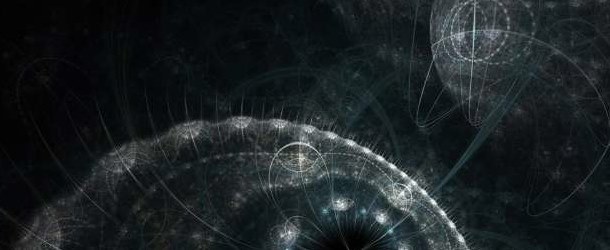New Quantum Transmission Protocol Has Higher Data Transmission Rate, Robustness Against Interference

(Phys.org) The team of Prof. Marcus Huber from the Atomic Institute of TU Wien developed a new type of quantum cryptography protocol, which has now been tested in practice in cooperation with Chinese research groups: While up to now one normally used photons that can be in two different states, the situation here is more complicated: Eight different paths can be taken by each of the photons. As the team has now been able to show, this makes the generation of the quantum cryptographic key faster and also significantly more robust against interference.
Quantum cryptography is one of the most promising quantum technologies of our time: Exactly the same information is generated at two different locations, and the laws of quantum physics guarantee that no third party can intercept this information. This creates a code with which information can be perfectly encrypted.
“There are many different ways of using photons to transmit information,” says Marcus Huber. A photon can also carry information independently of the direction of polarization. One can, for example, use the information about which path the photon is currently traveling on. This is exactly what has now been exploited: “A laser beam generates photon pairs in a special kind of crystal. There are eight different points in the crystal where this can happen,” explains Marcus Huber.
Depending on the point at which the photon pair was created, each of the two photons can move along eight different paths—or along several paths at the same time, which is also permitted according to the laws of quantum theory.
These two photons can be directed to completely different places and analyzed there. One of the eight possibilities is measured, completely at random—but as the two photons are quantum-physically entangled, the same result is always obtained at both places. Whoever is standing at the first measuring device knows what another person is currently detecting at the second measuring device—and no one else in the universe can get hold of this information.



















